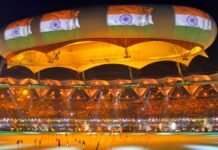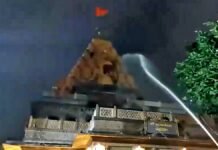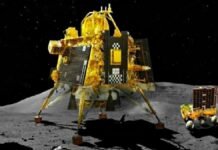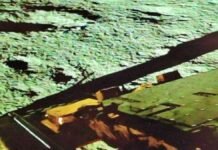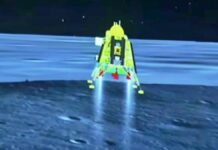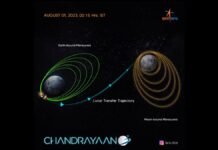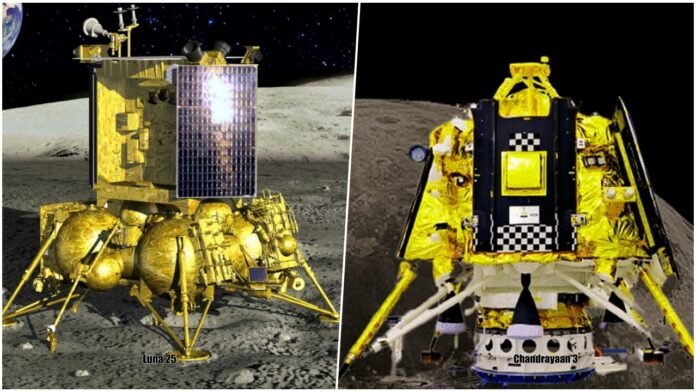
New Delhi: The Indian and Russian Moon missions have some similarities and some differences. Both missions aim to land near the lunar south pole, a region that has not been explored before and may contain water ice, and other resources. Both missions also use a Soyuz rocket to launch their spacecraft, which consists of a lander and a rover. However, there are also some key differences between the two missions.
One difference is the launch date and landing site. Chandrayaan-3 was launched on July 14, 2023, and is expected to land on August 23, 2023, near the Manzinus C and Simpelius N craters. Luna 25 was launched on August 10, 2023, and will take about five days to reach the Moon. It will land near the Boguslavsky crater, which is closer to the south pole than Chandrayaan-3’s landing site.
Another difference is the scientific payload and objectives. Chandrayaan-3 carries a 26 kg rover named Pragyan, which will conduct in-situ analysis of the lunar soil using various instruments. The main objective of Chandrayaan-3 is to demonstrate a safe and soft landing on the lunar surface, which was not achieved by its predecessor Chandrayaan-2. Luna 25 carries a 30 kg payload composed of nine instruments, including a robotic arm and a drill. The main objective of Luna 25 is to study the composition of the lunar polar regolith and the plasma and dust environment.
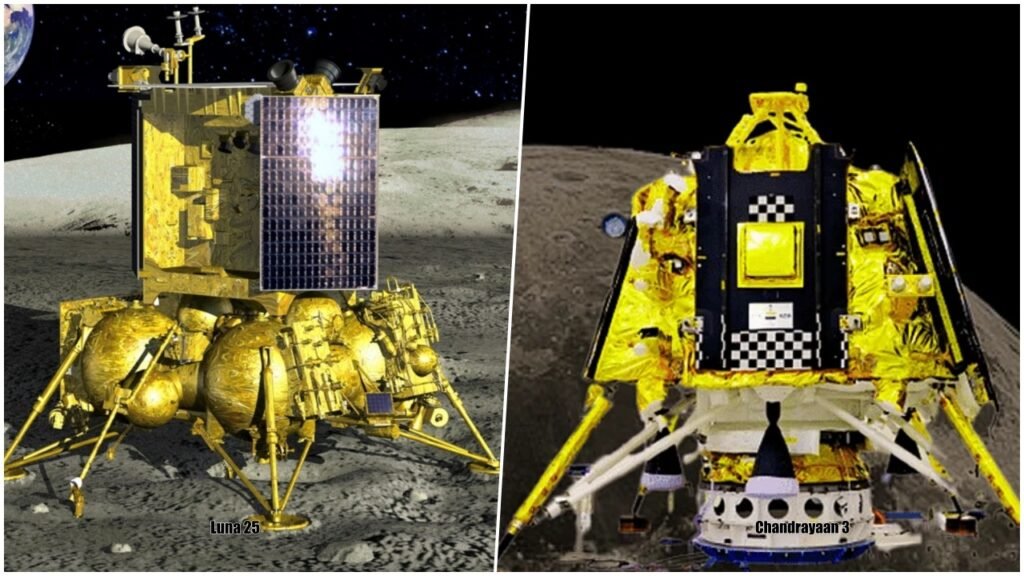
A third difference is the historical context and significance. Chandrayaan-3 is India’s third lunar mission, following Chandrayaan-1 in 2008 and Chandrayaan-2 in 2019. India has been a pioneer in lunar exploration, having discovered water molecules on the Moon with Chandrayaan-1. If successful, Chandrayaan-3 will make India the first country to land near the south pole and the fourth country to achieve a soft landing on the Moon. Luna 25 is Russia’s first lunar mission in nearly 50 years, following Luna 24 in 1976. Russia was also a pioneer in lunar exploration, having achieved the first soft landing on the Moon with Luna 9 in 1966 and the first sample return with Luna 16 in 1970. Luna 25 will mark Russia’s return to the Moon after a long hiatus and will pave the way for future missions such as Luna 26 and Luna 27.




